If the garden pond freezes over in winter, there is the highest danger for the plants used in it. If you do not want to renew them every spring, it is better to use hardy pond plants that can withstand even the lowest temperatures relatively easily. It is even better to choose species that can actively combat and largely prevent algae in the pond – in a completely natural way, because they are in direct nutrient competition with them.
Contents
- 1 Hardy pond plants
- 2 Shore plants
- 3 True meadowsweet (Filipendula ulmaria).
- 4 Common Lady’s Mantle (Alchemilla vulgaris)
- 5 Marsh cranesbill (Geranium palustre).
- 6 Pennywort (Lysimachia nummularia).
- 7 Meadow Knotweed (Polygonum bistorta).
- 8 Floating plants
- 9 Trifoliate duckweed (Lemna trisulca).
- 10 Frogbit (Hydrocharis morsus-ranae).
- 11 Crab claw (Stratiotes aloides).
- 12 Floating fern (Salvinia natans).
- 13 Dwarf water lily (Nymphaea tetragona)
- 14 Aquatic plants
- 15 Pond plants against algae
- 16 Author
Hardy pond plants
You know it from the garden: with plants that are hardy, you have much less work. They don’t need to be brought inside during the cold season, and often don’t need much protection. They cope well with cold, ice and snow. Finally, this resistance also saves a lot of money, because they do not need to be replaced every spring. It is a similar story with pond planting. Here, too, there are varieties that can withstand even the most extreme winter conditions. Even a frozen pond surface does not bother them. Basically, you have to distinguish between three variants of pond planting:
- the bank planting
- plants floating on the surface
- the underwater plants
For all these variants there are versions that are winter-hardy and cost only slightly more than their more sensitive siblings. However, it is advisable to ask specifically for them in the specialized trade and to have the winter hardiness confirmed separately.
Note: You should always make sure that all three varieties are winter-hardy. It makes little sense, for example, to equip the bank with them, but then go a different way with the underwater plants.
Shore plants
The name already suggests it: Shore plants are planted in the transition area between the land and the pond. Thus, they are also directly exposed to the then prevailing weather extremes in winter. The following species are considered hardy:
True meadowsweet (Filipendula ulmaria).
Thrives best in partial shade on rather marshy ground. All meadowsweet varieties are more or less hardy. The true meadowsweet contains salicylic acid, which has antipyretic and analgesic effects. The flowers are therefore used as an infusion or tea in natural medicine.
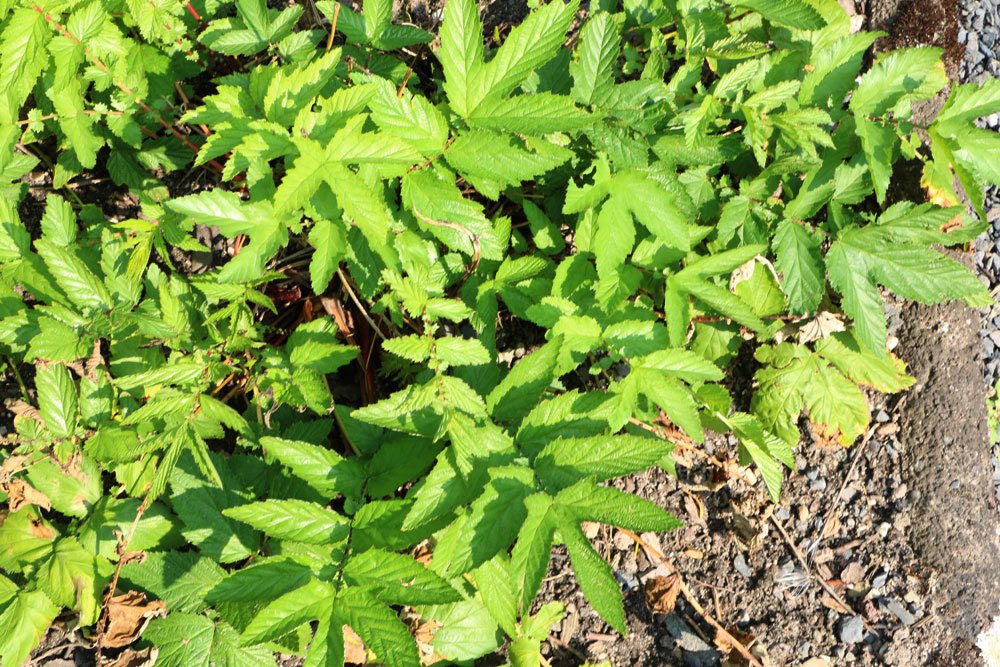
Common Lady’s Mantle (Alchemilla vulgaris)
Perennial plant that loves moist, calcareous and nutrient-rich soils. After flowering in summer, it should definitely be cut back. The goal is to have Lady’s Mantle sprout again before the onset of winter. The young shoots will then survive ice and snow without any problems.
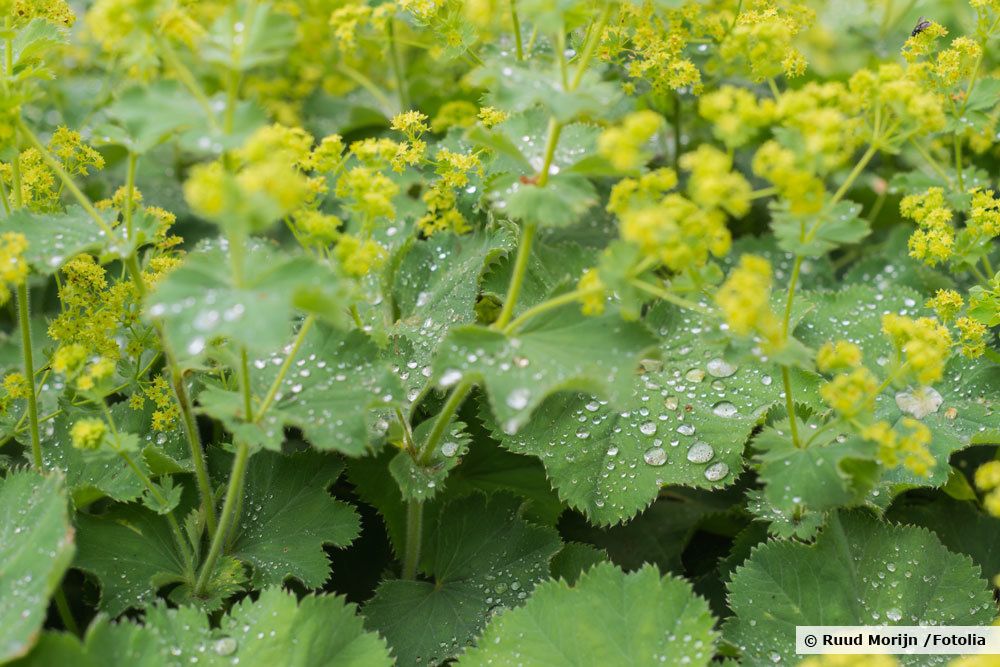
Marsh cranesbill (Geranium palustre).
Scores especially well with its purple flowers in summer and prefers moist to marshy ground. It is definitely an eye-catcher in the riparian area. The marsh cranesbill is extremely hardy and gets by in winter without any protective measures.
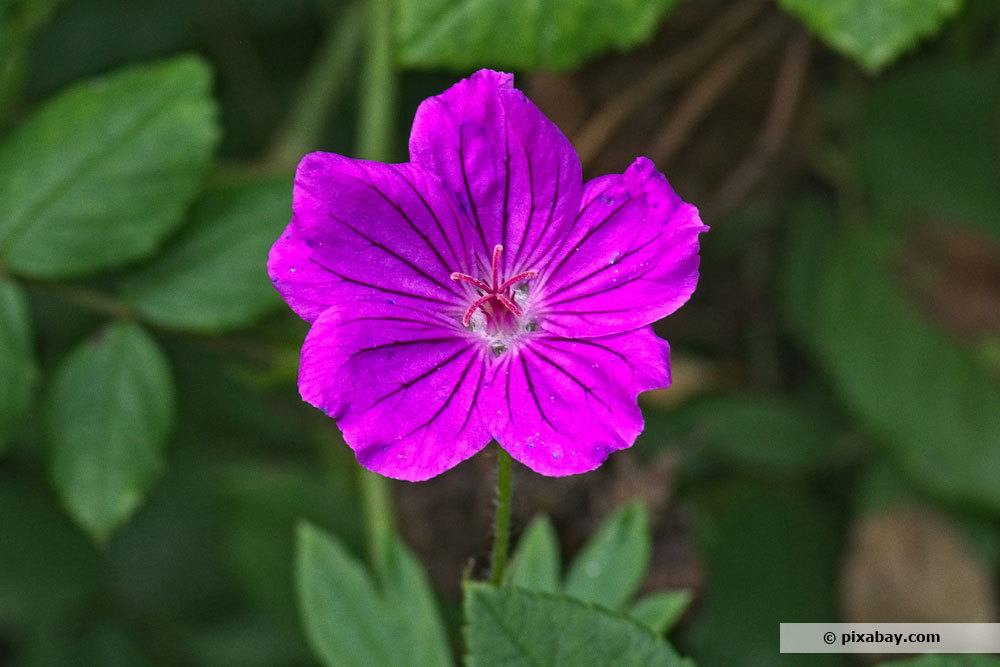
Pennywort (Lysimachia nummularia).
Lush growing, typical ground cover that needs a moist and especially nutrient-rich soil to develop to its full potential. Visually it scores in summer with its many small, yellow flowers, which give any pond bank a very special touch.

Meadow Knotweed (Polygonum bistorta).
Also belongs to the ground covers and very quickly takes up a lot of space for itself. It enchants in the months of May and June with light pink flowers, creating a very romantic atmosphere. However, if the winter is particularly cold, it is recommended to protect the meadow knotweed with a cover.

Tip: If you want to be on the safe side, cover riparian plants in winter with a fleece or fir branches. These measures are usually quite sufficient.
Floating plants
Floating plants float on the water surface of the pond and usually absorb the nutrients they need directly from the water. This is also one reason why practically all floating plants are also suitable for combating algae. In addition, by covering the surface, they allow less light into the pond, which further inhibits algae growth. The following floating plants are hardy:
Trifoliate duckweed (Lemna trisulca).
Forms a lot of starch in the fall of a year at the latest, which causes the plant to become heavier and eventually sink to the bottom of the pond. There it can then easily overwinter and feed on its strength, among other things. In the spring it then rises to the surface again.

Frogbit (Hydrocharis morsus-ranae).
Scores especially well with its circular to heart-shaped leaves and showy rosettes. In the fall, frogbit forms permanent buds, which then fall off and sink to the bottom of the pond. They remain there during the winter months and then sprout anew in the spring.
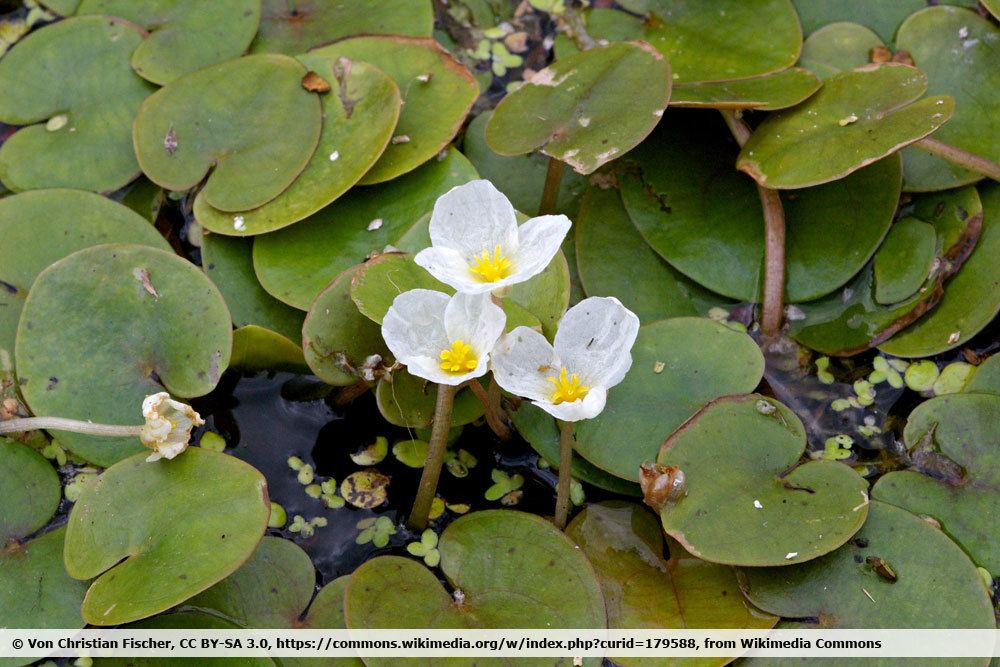
Crab claw (Stratiotes aloides).
Can only be found on the water surface during the flowering period. In autumn at the latest, the plant then sinks to the bottom of the pond, where it develops so-called hollyhock shoots. With these shoots the plant overwinters. In spring, new daughter plants develop from them.
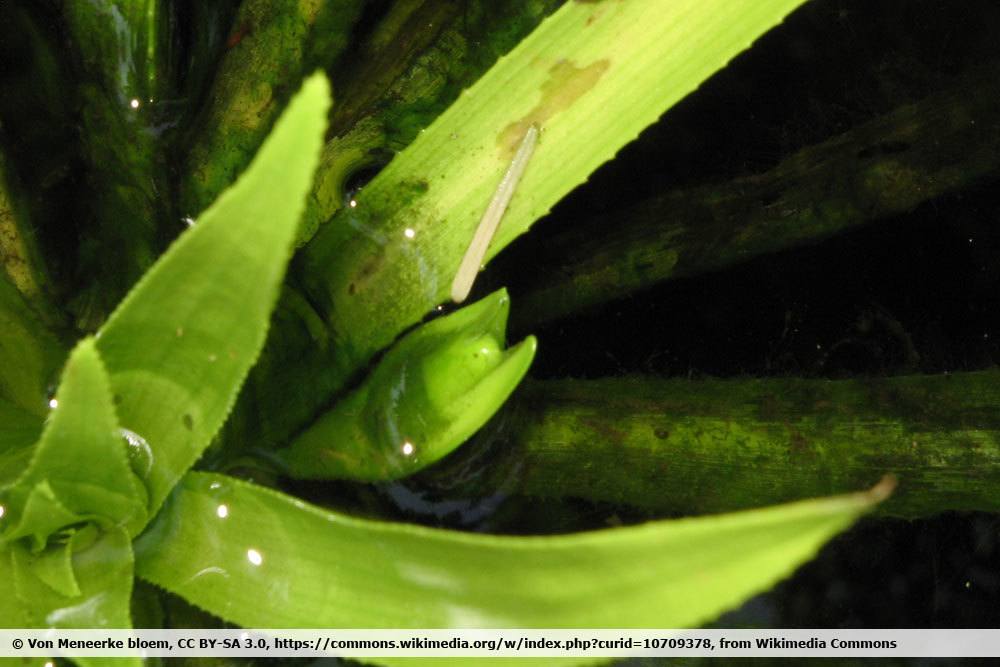
Floating fern (Salvinia natans).
A fern that requires very calcareous water to thrive. In the fall, the floating fern dies completely and sinks to the bottom. New plants then emerge from the spores contained in the plant the following spring.
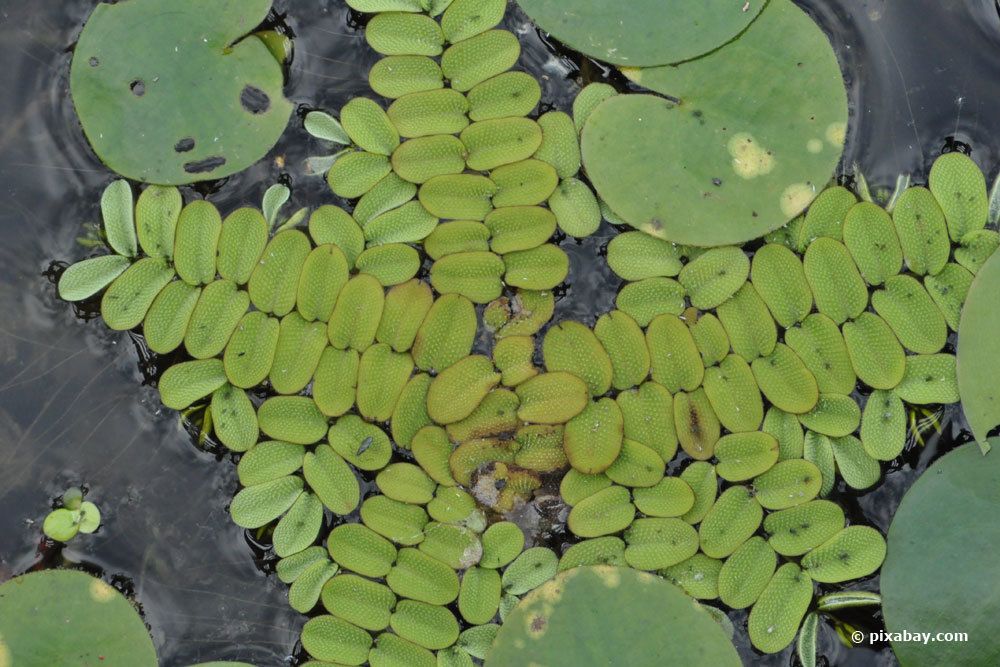
Dwarf water lily (Nymphaea tetragona)
Typical water lily species, which can be had in different colorful expressions. The dwarf water lily is definitely a noble delight visually. It is also and especially suitable for ponds that are not particularly deep. With the exception of the yellow-flowered cross Nymphaae helvola, it can remain outdoors all year round.

Aquatic plants
Virtually all native underwater plants are hardy pond plants and usually survive freezing of the pond very well. However, this does not mean that damage to the plants cannot occur. Very heavy frost, for example, often causes both leaves and stems to freeze. However, this is usually not a problem because they will simply resprout in the spring. Typical native aquatic plants include:
- Reed species such as reeds, the broad-leaved bulrush, swaths, or rushes.
- calamus, variegated calamus, frogspoon and round-leaved frogspoon
- marsh marigold and iris
- Cyprus grass
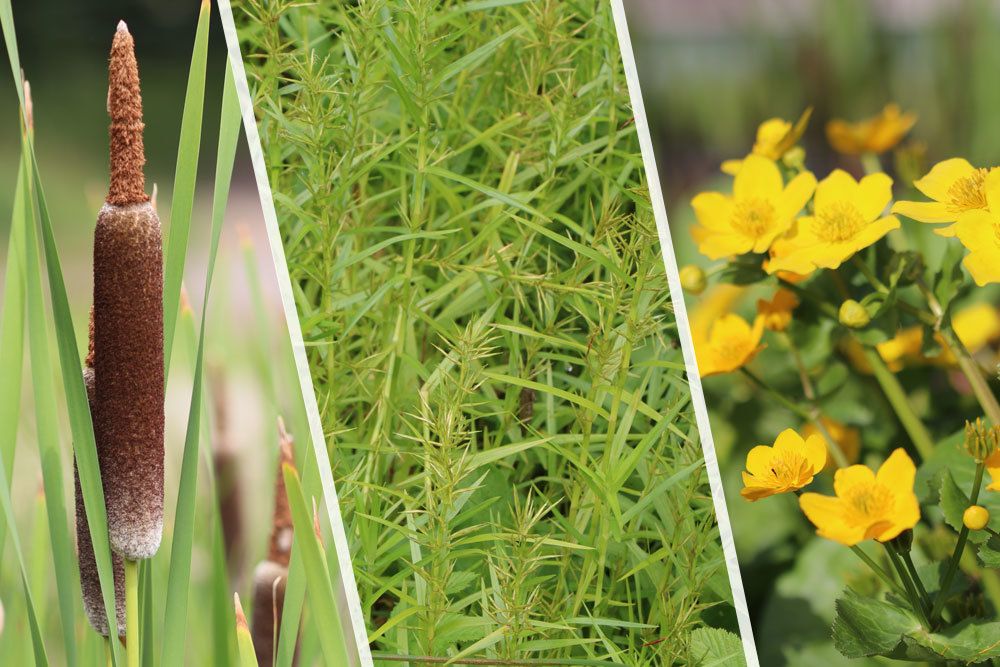
These are just a few examples of hardy aquatic plants. When buying, it is important to make sure that the aquatic plants are actually native to Central Europe. Then you are usually on the safe side. In most cases, aquatic plants native to southern Europe or the tropics do not survive our winters. They would then have to be replaced by new plants in the spring.
Pond plants against algae
As already mentioned, all floating plants inhibit algae growth quite considerably. In addition, there are a number of other aquatic plants that make life and especially growth difficult for algae by robbing them of much-needed nutrients from the water. These plants include:
- Water star (Callitriche palustris)
- Rough hornwort (Ceratophyllum demersum)
- Needlewort (Crassula recurva)
- Thick-leaved waterweed (Egeria densa)
- Spring moss (Fontinalis antipyretica)
- Frogwort (Luronium natans)
- Water knotweed (Persicaria amphibia)
Most of these species are also very good oxygenators. However, not all of them are hardy pond plants. Here, too, you should therefore limit yourself to the native ones.

